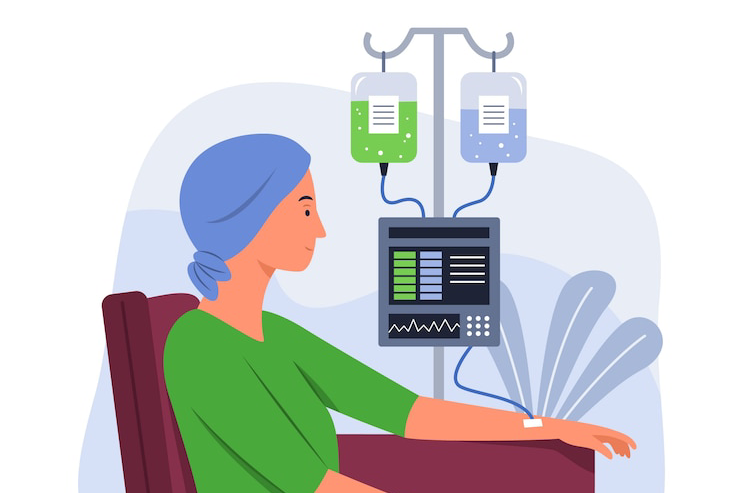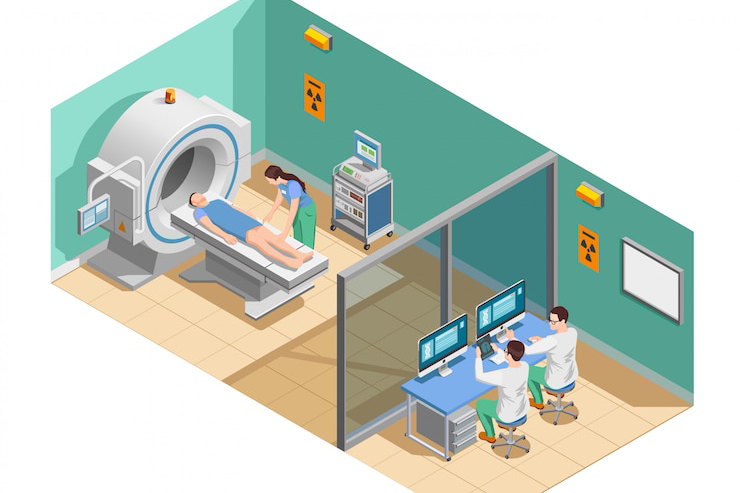
Innovations in ENT Care: A Path to Better Breathing and Hearing
The field of ENT (Ear, Nose, and Throat) care is essential to maintaining our overall health and quality of life. Whether dealing with chronic sinus issues, hearing loss, or voice disorders, ENT specialists play a critical role in diagnosing, treating, and managing a wide range of conditions. As technology advances, the scope of ENT care continues to expand, offering innovative solutions that enhance breathing, hearing, and overall well-being.
In this blog, we’ll explore the latest innovations in ENT care and how they’re improving patient outcomes, providing relief from common issues, and opening the door to more advanced treatment options.
The Importance of ENT Health
Our ears, nose, and throat are interconnected systems that play vital roles in basic functions such as hearing, breathing, swallowing, and even maintaining balance. Conditions affecting these areas can have a profound impact on daily life, from sleep disturbances caused by nasal obstruction to communication challenges related to hearing loss.
ENT disorders are incredibly common, affecting people of all ages. Whether it’s recurrent ear infections in children, chronic sinusitis in adults, or age-related hearing loss in seniors, ENT issues can disrupt quality of life if not properly managed. Fortunately, advancements in ENT care are enabling earlier diagnosis, less invasive treatments, and more effective solutions.
Breakthroughs in ENT Care
The evolution of ENT care is being driven by cutting-edge technologies and new medical approaches. Here are some of the most significant innovations that are reshaping the field:
1. Minimally Invasive Sinus Surgery (Balloon Sinuplasty)
Chronic sinusitis is one of the most common conditions treated by ENT specialists, characterized by inflammation of the sinuses that leads to nasal congestion, headaches, and facial pain. For patients who don’t respond to medications, surgery is often recommended. However, traditional sinus surgery can be invasive and require long recovery times.
Balloon sinuplasty is a minimally invasive alternative that has revolutionized the treatment of chronic sinusitis. This procedure involves inserting a small balloon catheter into the sinus passage and inflating it to gently widen the sinus openings. This helps drain mucus, reduce blockages, and restore normal sinus function without the need for cutting or removal of tissue. Patients experience less pain, quicker recovery, and long-lasting relief from sinus symptoms.
2. Cochlear Implants for Hearing Loss
For individuals with severe hearing loss that cannot be corrected with hearing aids, cochlear implants provide a transformative solution. Unlike traditional hearing aids, which amplify sound, cochlear implants bypass damaged parts of the ear and directly stimulate the auditory nerve, allowing the brain to interpret sound.
This technology has been life-changing for many, especially those with profound hearing loss or deafness. Innovations in cochlear implants continue to improve sound quality, speech recognition, and the overall user experience, offering patients a new lease on life when it comes to communication and social interaction.
3. Laser-Assisted Tonsil and Adenoid Removal
Tonsillitis and adenoid problems are common in children, and when infections become recurrent, surgical removal is often necessary. Traditional tonsillectomy and adenoidectomy procedures can involve significant discomfort and recovery time.
Laser-assisted surgeries are changing the way tonsil and adenoid removal is performed. By using precision lasers, ENT surgeons can remove tonsils and adenoids with less bleeding, reduced postoperative pain, and faster recovery times. This method is especially beneficial for children, allowing them to return to normal activities more quickly.
4. Robotic-Assisted Surgery for Head and Neck Conditions
Robotic-assisted surgery is making waves in many medical fields, and ENT care is no exception. For complex head and neck conditions, such as tumors or cancers in hard-to-reach areas, robotic surgery offers unparalleled precision.
This technology allows surgeons to perform delicate procedures with enhanced control, flexibility, and accuracy. The benefits of robotic surgery include smaller incisions, reduced risk of complications, and faster recovery times for patients. In the realm of ENT, robotic-assisted surgery is particularly useful for treating throat cancers and obstructive sleep apnea, where accessing the affected areas can be challenging.
For women navigating infertility, it’s important to remember that you are not alone. Your journey to motherhood may take unexpected turns, but with the right support, medical care, and resources, it is possible to find a path forward and achieve the family you dream of.
5. Advanced Hearing Aids with AI and Bluetooth Connectivity
Hearing aids have come a long way from their bulky, analog predecessors. Modern hearing aids are sleek, discreet, and packed with advanced features, including artificial intelligence (AI) and Bluetooth connectivity. AI-powered hearing aids can automatically adjust to different sound environments, enhancing speech clarity in noisy settings and minimizing background noise.
Bluetooth connectivity allows hearing aids to connect directly to smartphones, TVs, and other devices, making it easier for users to stream audio and manage their hearing aids via mobile apps. These advancements are improving the quality of life for millions of people living with hearing loss by offering a more natural listening experience and seamless integration into daily life.
The Future of ENT Care: What’s Next?
As technology continues to evolve, the future of ENT care looks incredibly promising. Ongoing research into gene therapy for hearing loss, more refined robotic surgery techniques, and advancements in non-invasive diagnostics are just a few of the exciting developments on the horizon. Additionally, the integration of telemedicine in ENT care is expanding access to specialized treatments, especially for patients in remote areas. Virtual consultations and remote monitoring tools are making it easier for patients to receive expert care without the need for frequent in-person visits, reducing travel and time barriers.
Conclusion
Innovations in ENT care are transforming the way we address common ear, nose, and throat conditions, offering patients more effective, less invasive, and highly personalized treatment options. From revolutionary sinus procedures to advanced hearing aids and robotic surgery, these advancements are paving the way for improved breathing, hearing, and overall quality of life.
For anyone experiencing chronic ENT issues, now is the perfect time to explore these cutting-edge solutions and work with your ENT specialist to determine the best course of care for your individual needs. With the right approach, a path to better breathing and hearing is well within reach.



